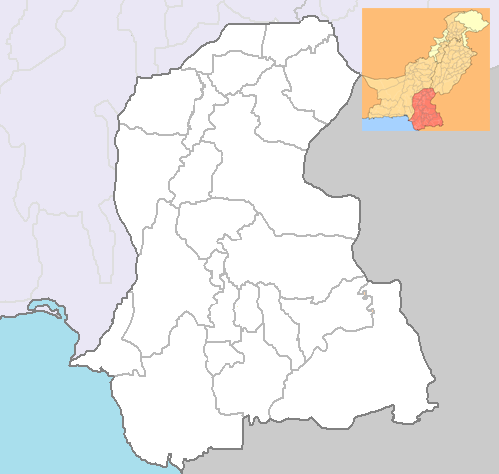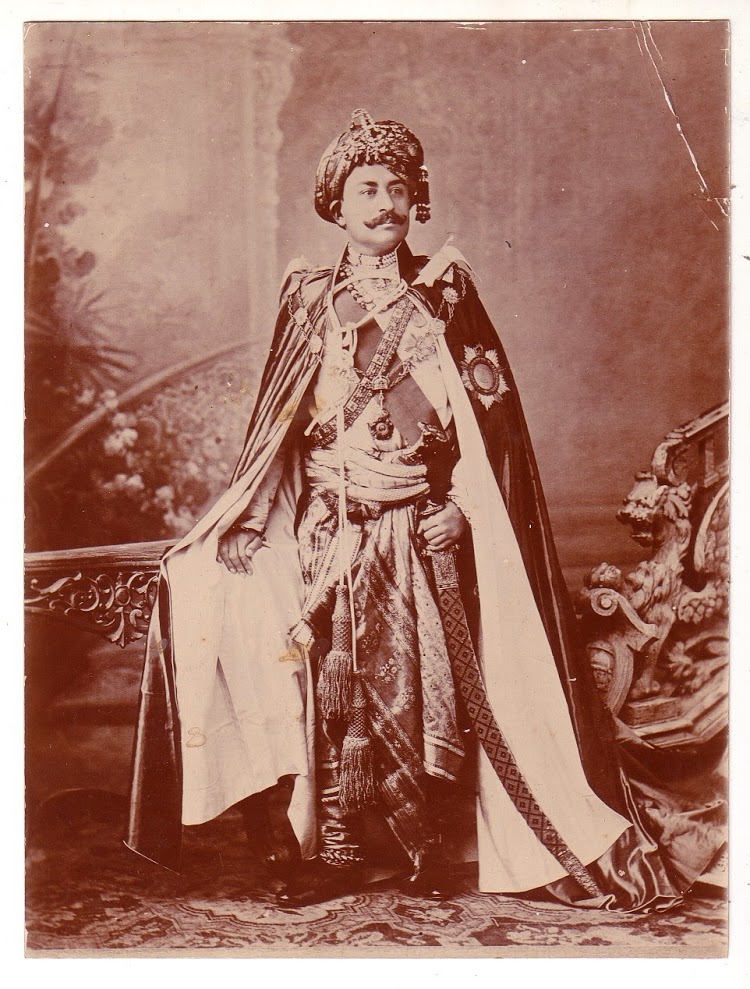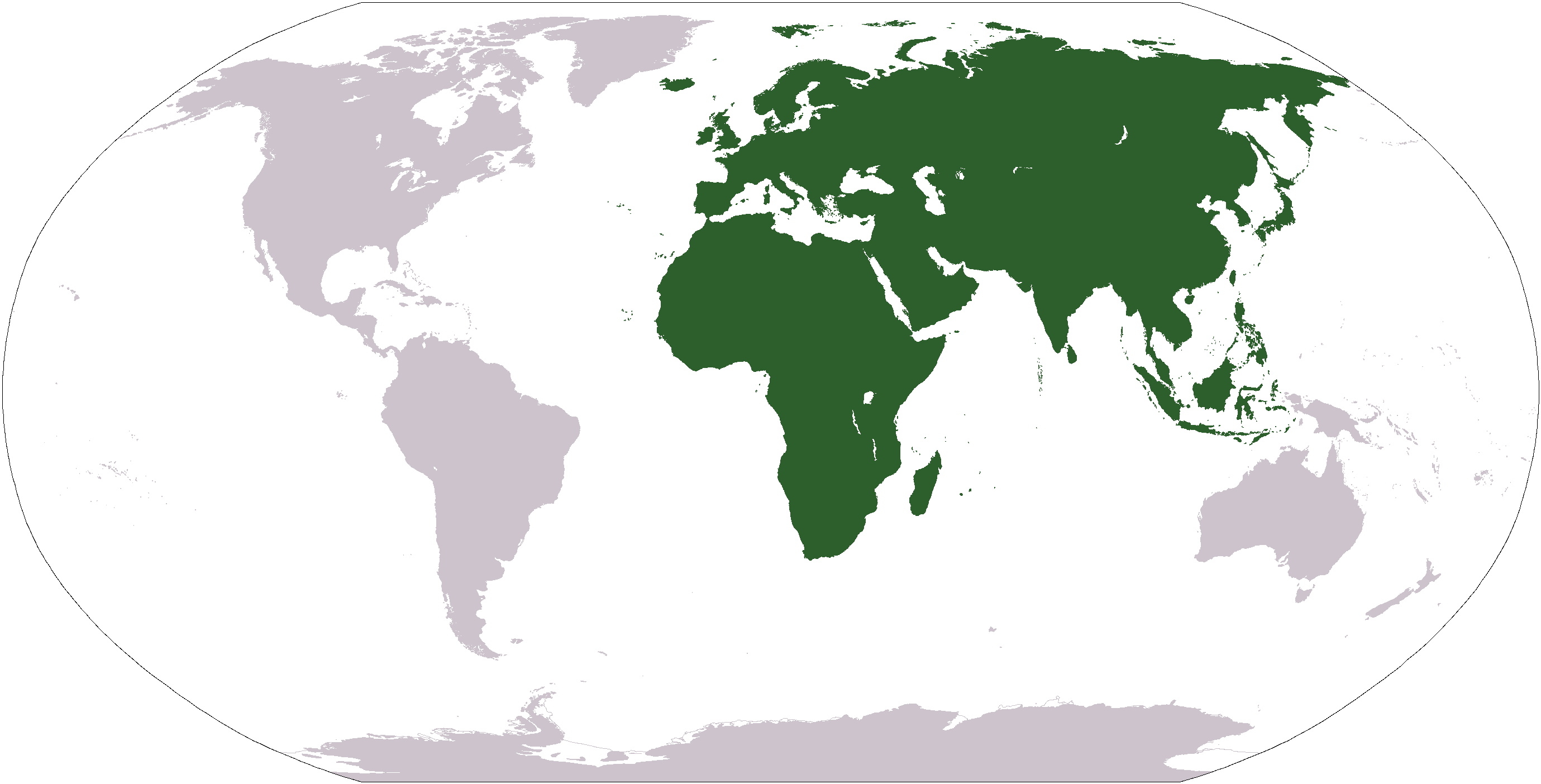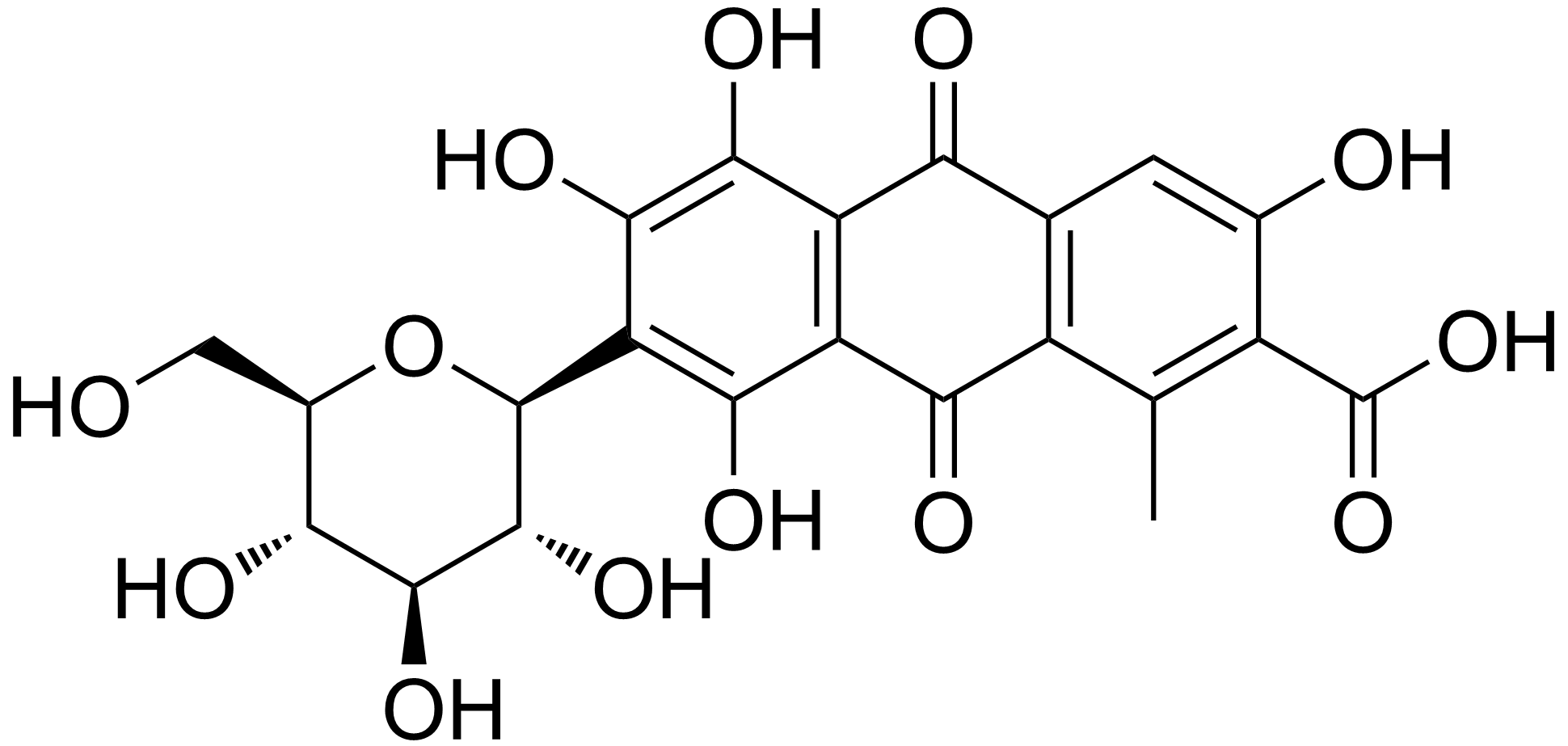|
Ajrak
Ajrak (), also known as Ajrakh, is a unique form of textile block-printing found primarily in Sindh, Pakistan and the village of Ajrakhpur in the bordering Kutch district of India. Ajrak textiles like shawls or dresses display special designs and patterns made using block printing with stamps. Ajrak is a symbol of Sindhi culture and traditions. Ajrak prints are also famous in neighbouring areas of Hyderabad, Pakistan, in Hala, due to their power from the Indus Valley civilization. Apart from Sindh and Kutch, recently, a Saraiki version of the Ajrak called Sajarak was created and is found in South Punjab, Pakistan. Etymology The Sindhi word ajrak (اجرڪ) comes from the Persian words ajar or ajor (اجر) meaning brick, and -ak (ک) meaning little. In Persian, -ak is a suffix that forms the diminutive. History Early human settlements in the lower Indus Valley found a way of cultivating and using ''Gossypium arboreum'' commonly known as ''tree cotton'' to make clothes ... [...More Info...] [...Related Items...] OR: [Wikipedia] [Google] [Baidu] |
Sajarak
Sajarak also known as Saraiki ajrak () is a form of block-printing, inspired by the Sindhi Ajrak, found in South Punjab Province, South Punjab in Pakistan. It has become a symbol of the Saraiki culture and traditions. Description The Saraiki Ajrak is a recent form of Ajrak among Saraiki people, Saraikis. It is inspired by the neighbouring Sindhi Ajrak. Sajarak's name is derived from the original Ajrak which is the Sindhis, Sindhi version of the block-printed shawls and tiles which are found in Sindh, Pakistan. These shawls display special designs and patterns made using block printing by stamps. Common colours used while making these patterns may include but are not limited to blue, red, black and green. Cyan colour is the dominating colour in Saraiki culture. The Sajarak is mostly cyan and sometimes blue. The cyan colour makes it distinctive among other ajraks. Saraiki nationalism, Saraiki nationalists designed the Sajarak. Nationalists captured the heart of the Saraiki b ... [...More Info...] [...Related Items...] OR: [Wikipedia] [Google] [Baidu] |
Sindhi Culture
The Culture of Sindh () has its roots in the Indus Valley civilization. Sindh has been shaped by the largely desert region, the natural resources it has available, and continuous foreign influence. The Indus or Sindhu River, which passes through the land, and the Arabian Sea (Which defines its borders) also supported the seafaring traditions among the local people. The local climate also reflects why the Sindhis have a language, folklore, traditions, customs, and lifestyle that are so different from the neighbouring regions. The Sindhi culture is also practised by the Sindhi diaspora. History The roots of Sindhi culture go back to the distant past. Archaeological research during the 19th and 20th centuries showed the roots of social life, religion, and culture of the people of the Sindh: their agricultural practises, traditional arts and crafts, customs and traditions, and other parts of social life, going back to a mature Indus Valley Civilization of the third millennium BC. ... [...More Info...] [...Related Items...] OR: [Wikipedia] [Google] [Baidu] |
Matiari
Matyari or Matiari (, ) is a city located in Sindh, Pakistan. It is north of Hyderabad on N-5 National Highway. Matiari is also the district headquarter of Matiari District. The Dargah of Pir Sayed Sakhi Hashim Shah Badshah, Shah Abdul Latif Bhittai Shah Abdul Latif Bhittai (; 1689/1690 – 21 December 1752), commonly known by the honorifics ''Lakhino Latif'', ''Latif Ghot'', ''Bhittai'', and ''Bhit Jo Shah'', was a Sindhi Sufi mystic and poet from Pakistan, widely considered to be the ..., Makhdoom Sarwar Nooh and Sardar Ahmed Shah Lakiari are located in Matiari distract. Matiari has three talukas, they are Matiari, Hala and Saeedabad. Matiari is known for its ice-cream and Ajrak (traditional Sindhi printing on cloth). Its city Hala is famous for handicraft such as Ajrak, Kashi, Jandi and embroidery. Etymology Matiari word is derived from two Sindhi words ''Mat'' and ''yari'', which means friendship with earthen water pots. G.M Syed states regarding origin of ... [...More Info...] [...Related Items...] OR: [Wikipedia] [Google] [Baidu] |
Kutch District
Kutch district (), officially spelled Kachchh is a district of Gujarat state in western India, with its headquarters (capital) at Bhuj. Covering an area of 45,674 km2, it is the largest district of India. The area of Kutch is larger than the entire area of other Indian states like Haryana (44,212 km2) and Kerala (38,863 km2), as well as the country of Estonia (45,335 km2). The population of Kutch is about 2,092,371. It has 10 talukas, 939 villages and 6 Municipal governance in India, municipalities. The Kutch district is home to the Kutchi people who speak the Kutchi language. Kutch literally means something which intermittently becomes wet and dry; a large part of this district is known as Rann of Kutch which is shallow wetland which submerges in water during the rainy season and becomes dry during other seasons. The same word is also used in Sanskrit origin for a tortoise. The Rann is known for its marshy Salt pan (geology), salt flats which become snow wh ... [...More Info...] [...Related Items...] OR: [Wikipedia] [Google] [Baidu] |
Woodblock Printing
Woodblock printing or block printing is a technique for printing text, images or patterns used widely throughout East Asia and originating in China in antiquity as a method of textile printing, printing on textiles and later on paper. Each page or image is created by carving a wooden block to leave only some areas and lines at the original level; it is these that are inked and show in the print, in a relief printing process. Carving the blocks is skilled and laborious work, but a large number of impressions can then be printed. As a Woodblock printing on textiles, method of printing on cloth, the earliest surviving examples from China date to before 220 AD. Woodblock printing existed in Tang China by the 7th century AD and remained the most common East Asian method of printing books and other texts, as well as images, until the 19th century. ''Ukiyo-e'' is the best-known type of moku hanga, Japanese woodblock art print. Most European uses of the technique for printing images on ... [...More Info...] [...Related Items...] OR: [Wikipedia] [Google] [Baidu] |
Sindh
Sindh ( ; ; , ; abbr. SD, historically romanized as Sind (caliphal province), Sind or Scinde) is a Administrative units of Pakistan, province of Pakistan. Located in the Geography of Pakistan, southeastern region of the country, Sindh is the third-largest province of Pakistan by land area and the Demographics of Pakistan, second-largest province by population after Punjab, Pakistan, Punjab. It is bordered by the Pakistani provinces of Balochistan, Pakistan, Balochistan to the west and north-west and Punjab, Pakistan, Punjab to the north. It shares an India-Pakistan border, International border with the Indian states of Gujarat and Rajasthan to the east; it is also bounded by the Arabian Sea to the south. Sindh's landscape consists mostly of alluvial plains flanking the Indus River, the Thar Desert of Sindh, Thar Desert in the eastern portion of the province along the India–Pakistan border, international border with India, and the Kirthar Mountains in the western portion of ... [...More Info...] [...Related Items...] OR: [Wikipedia] [Google] [Baidu] |
Bhit
Bhit or Bhit Shah () is a small town located in Matiari District, Sindh, Pakistan. The town is best known as the location of the shrine to the Sindhi Sufi poet Shah Abdul Latif Bhittai, who came to be called Bhittai (, ''of Bhit'') on account of the town's name (the town is also known as Bhit ''Shah'' due to this connection). Passing along the road that leaves Hala for Hyderabad Hyderabad is the capital and largest city of the Indian state of Telangana. It occupies on the Deccan Plateau along the banks of the Musi River (India), Musi River, in the northern part of Southern India. With an average altitude of , much ..., beyond the shrubs there are a solitary group of large white mounds, which form hills known as Bhit in Sindhi. Shrine of Abdul Latif Bhittai The Shrine of Shah Abdul Latif Bhittai, located in the centre of the town, was built by Mian Ghulam Shah Kalhoro, who ruled over Sindh during the late 1700s. Kalhoro ordered the shrine to be built in 1772. It is ... [...More Info...] [...Related Items...] OR: [Wikipedia] [Google] [Baidu] |
Old World
The "Old World" () is a term for Afro-Eurasia coined by Europeans after 1493, when they became aware of the existence of the Americas. It is used to contrast the continents of Africa, Europe, and Asia in the Eastern Hemisphere, previously thought of by the Europeans as comprising the entire world, with the "New World", a term for the newly encountered lands of the Western Hemisphere, particularly the Americas. Etymology In the context of archaeology and world history, the term "Old World" includes those parts of the world which were in (indirect) cultural contact from the Bronze Age onwards, resulting in the parallel development of the early civilizations, mostly in the temperate zone between roughly the 45th and 25th parallels north, in the area of the Mediterranean, including North Africa. It also included Mesopotamia, the Persian plateau, the Indian subcontinent, China, and parts of Sub-Saharan Africa. These regions were connected via the Silk Road trade route, and ... [...More Info...] [...Related Items...] OR: [Wikipedia] [Google] [Baidu] |
Indigo
InterGlobe Aviation Limited (d/b/a IndiGo), is an India, Indian airline headquartered in Gurgaon, Haryana, India. It is the largest List of airlines of India, airline in India by passengers carried and fleet size, with a 64.1% domestic market share as of April 2025. It is the List of largest airlines in Asia, second largest Asian airline, and one of the Largest airlines in the world#Passengers carried, largest in the world in terms of passengers carried, with more than 118 million passengers carried in 2025. , IndiGo operates over 2,200 daily flights to 125 destinations – 91 domestic and 34 international. It operates cargo services under its subsidiary, IndiGo CarGo. Its primary hub is at the Indira Gandhi International Airport, Delhi. The airline was established as a private company by Rahul Bhatia of InterGlobe Enterprises—an List of largest companies in India, Indian multinational conglomerate based in Gurugram— and Rakesh Gangwal in 2005. It took delivery of its firs ... [...More Info...] [...Related Items...] OR: [Wikipedia] [Google] [Baidu] |
Moro, Pakistan
Moro () is a city in the Naushahro Feroze District, of Sindh, Pakistan. The city is administratively subdivided into 12 Union councils. and is located on National highway (N5) in the centre of Sindh at an altitude of 28 m (95 ft) and is 12 km of the Indus River. It is the largest city in Naushahro Feroze District with a population of about 142,685 as per 2023 Census of Pakistan. 408,148 people live in the Moro Taluka, 96% of whom speak the Sindhi language Sindhi ( ; or , ) is an Indo-Aryan language spoken by more than 30 million people in the Pakistani province of Sindh, where it has official status, as well as by 1.7 million people in India, where it is a Scheduled languages of India, schedu .... Demographics Population According to 2023 census, Moro had a population of 142,685. Educational Institutes *Govt Mehran Degree College *Govt High School Moro Town campus *Govt Girl High School *Govt Girls Degree College *Bahria Foundation College *The Ed ... [...More Info...] [...Related Items...] OR: [Wikipedia] [Google] [Baidu] |
Crimson
Crimson is a rich, deep red color, inclining to purple. It originally meant the color of the kermes dye produced from a scale insect, '' Kermes vermilio'', but the name is now sometimes also used as a generic term for slightly bluish-red colors that are between red and rose. It is the national color of Nepal. History Crimson (NR4) is produced using the dried bodies of a scale insect, ''Kermes'', which were gathered commercially in Mediterranean countries, where they live on the kermes oak, and sold throughout Europe. Kermes dyes have been found in burial wrappings in Anglo-Scandinavian York. They fell out of use with the introduction of cochineal, also made from scale insects, because although the dyes were comparable in quality and color intensity, ten to twelve times as much kermes is needed to produce the same effect as cochineal. Carmine is a slightly different shade of red, extracted from a different insect (female cochineal), although these denominations are somet ... [...More Info...] [...Related Items...] OR: [Wikipedia] [Google] [Baidu] |







